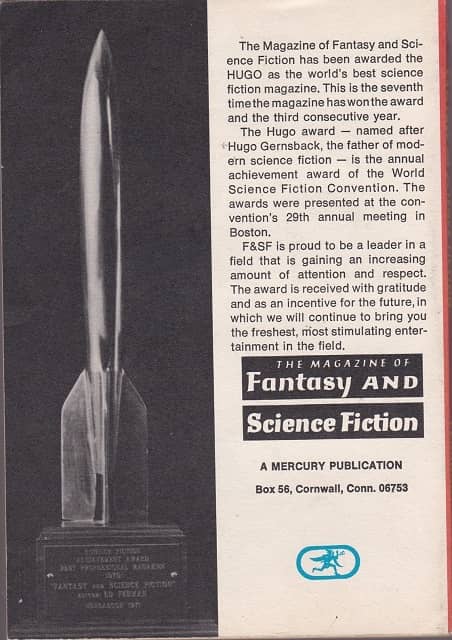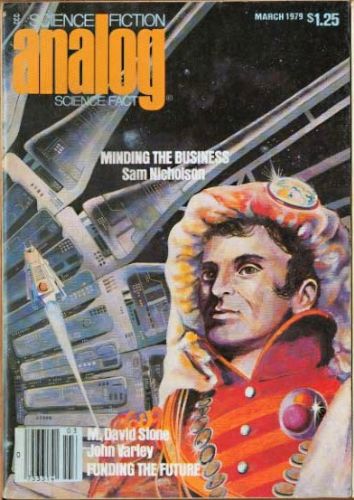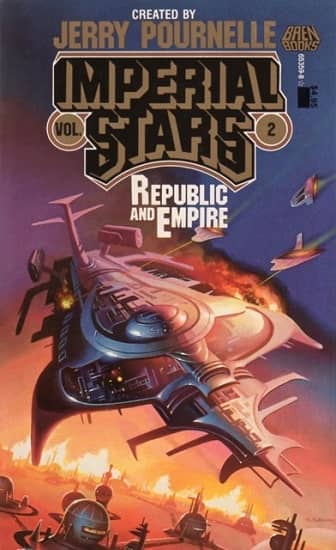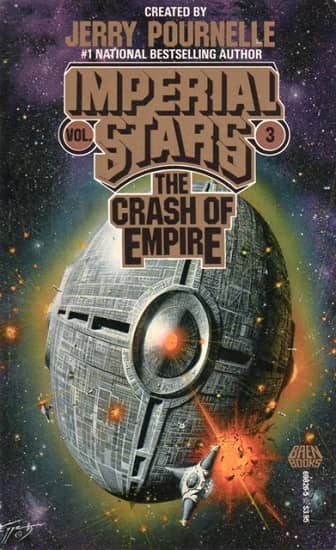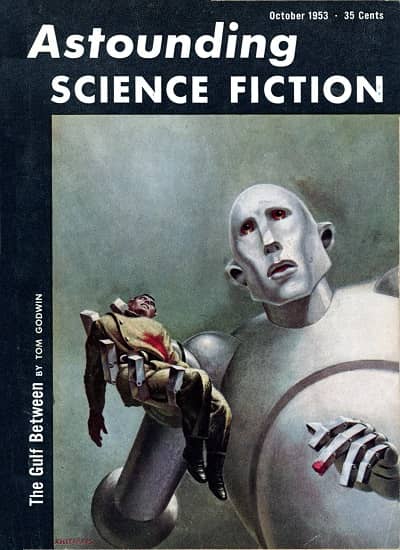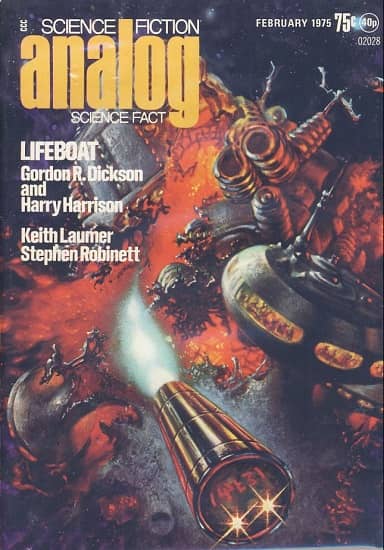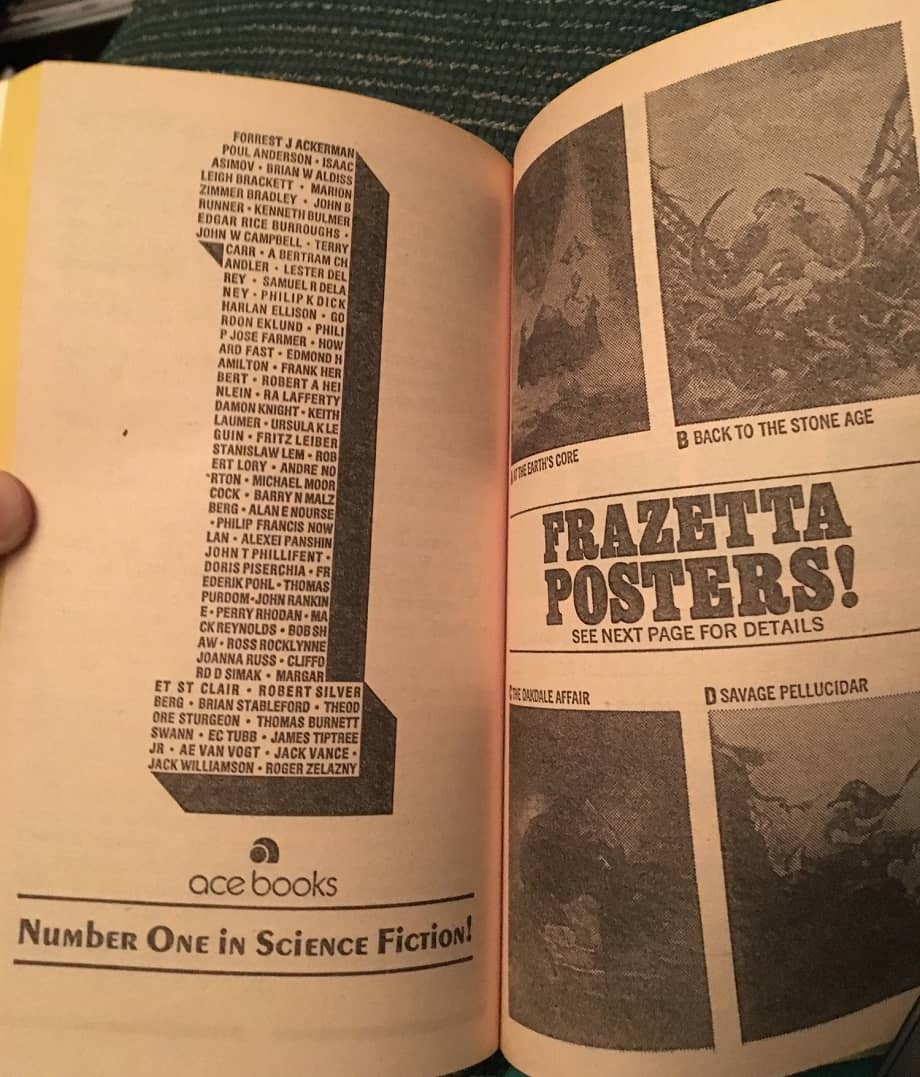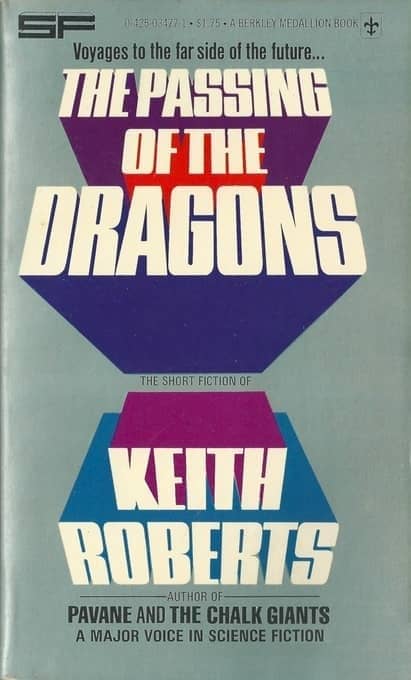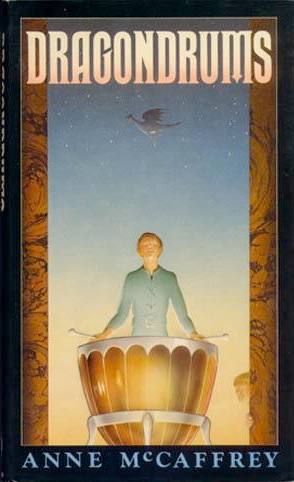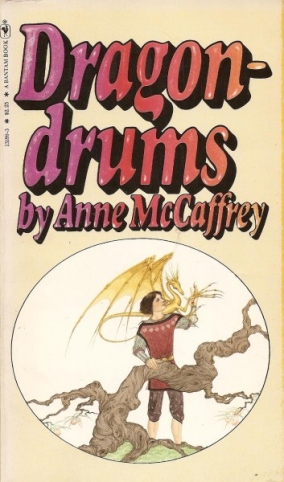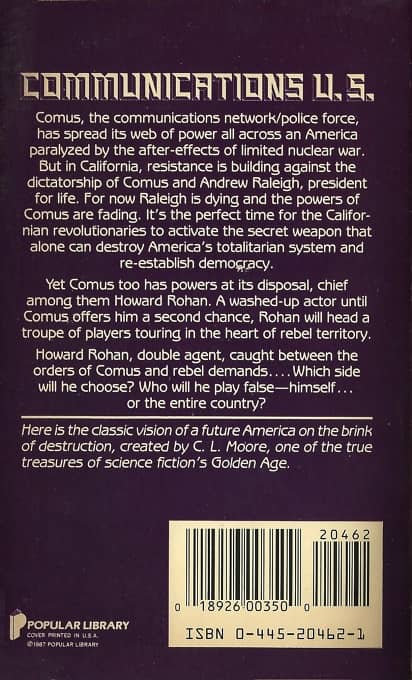Elizabeth Bear on 8 Forgotten SFF Classics of the ’70s and ’80s
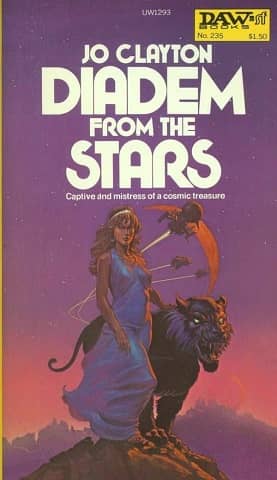 |
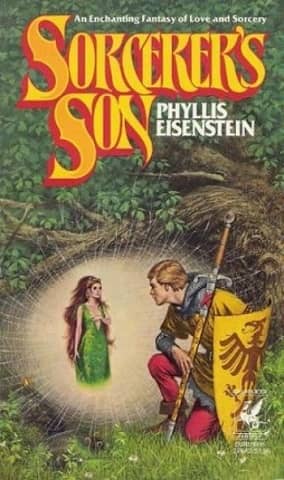 |
 |
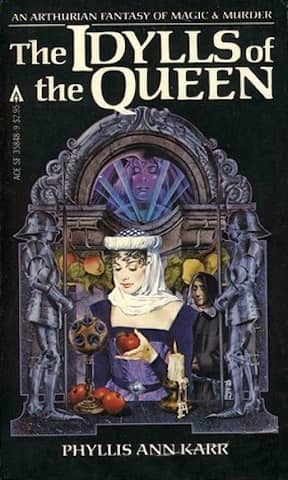 |
Elizabeth Bear speaks my language.
Over at Tor.com last month, she holds forth on my favorite topic — vintage science fiction and fantasy paperbacks. In a survey of 8 Forgotten SFF Classics of the ’70s and ’80s, she tells tales of a handful of forgotten (and a few even more forgotten) genre classics, including Jo Clayton’s Diadem from the Stars (DAW, 1977), which she compares to Jack Vance.
There’s a girl in a profoundly misogynous society, whose mother was an offworlder. She gets her hands on a powerful alien artifact that she doesn’t know how to use, and makes her escape. This is a feminist revisioning of the planetary romance, and it shows the influence of Jack Vance and similar authors — the lone wanderer in a post-technology barbaric world that hovers somewhere between magic and superscience.
Definitely on the grimdark side, this might appeal to fans of N.K. Jemisin’s Broken Earth trilogy.
When I posted this on Facebook last month, I got a number of enthusiastic comments from Black Gate readers. Charlene Brusso wrote:
Yes! Jo Clayton’s Moongather series and the Diadem series are both worth revisiting. One of the few writers I can go back and reread and not be disappointed.

